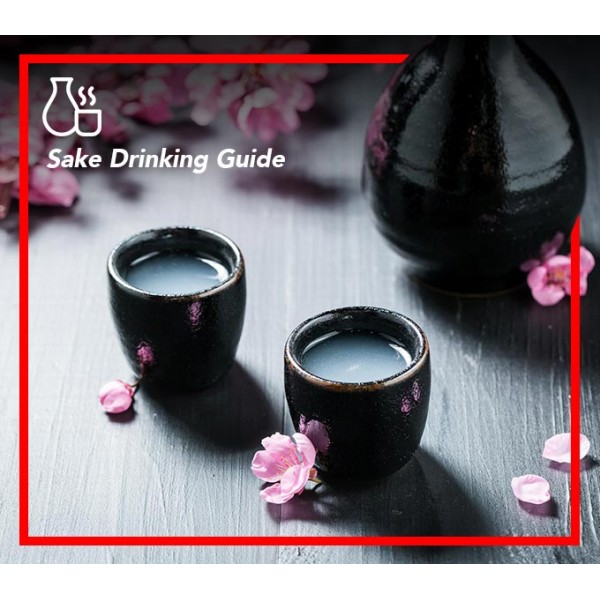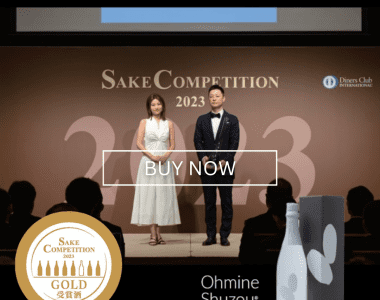
Sake is versatile when coming to enjoy it. The two common serving temperatures is 15-20°C and 45-50°C as we commonly known as “cold” and “warm” serving respectively. Deciding on how it should be served in order to enjoy its’ best depends on the style of a Sake. To the question of warm or cold, cold is usually the safer but as you might risk obliterating the Sake’s delicate flavour.
However, at sake.sg we not only bring you Sake from the country of the rising sun but would also like all our loyal customers to enjoy each and every sake to its fullest! There is indeed an optimal way to enjoy different Sake – while there are no hard and fast rules to enjoying your Sake, here’s an example of how to thoroughly appreciate one of our Sakes!
Hakushika Komodaru
Yes, this alcohol has been raising some questions ever since our National Day giveaway! Hakushika, one of Japan’s leading sake brews, is a pleasant accompaniment to sushi but also for several other merits. Hakushika themselves outlines a guide to the more popular sake varieties: Daiginjo Sake, Futsushu Sake, Genshu Sake, Ginjo Sake, Honjozo Sake, Junmai Sake, Koshu Sake, Namachozo Sake, Namazake Sake, Nigori Sake and Taru Sake.
The Hakushi Komodaru is a sizable 1.8L barrel, which is considered small in Japan. As a Futsushu, is good to enjoy warmed. Hot Sake, also known as atsukan, is usually heated by placing the ceramic sake container (called tokkuri) into a pot of hot water to gradually warm it up to around °C. Excellent for pairing with seafood (sushi, sashimi, tuna carpaccio, lobster), poultry and beef. It is also excellent with such vegetarian cuisines as soy sauce-sauteed vegetables, chilled tofu, and ponzu (a citrus-based sauce commonly used in Japanese cuisine) seasoned appetisers. All around an excellent gateway to the world of Japanese food and their culture.
Sake can be had by the glass, or in Tokkuri or in similar vessels. Traditionally in Japan, the host (or whoever grabs the Tokkuri first) will pour the sake into everyone’s O-Choko (small sake cup), after which someone will pour for the host. One Tokkuri of sake divided among two or more people isn’t a huge amount to drink – so you can safely try multiple types of sake in a sitting.
Hakushika also has a cocktail guide specifically for their own brand of Sakes! Mixing cocktails with Sake is a whole different ballgame – You need simple, delicate ingredients that don’t outright annihilate the taste of the sake. You can explore, mix and match – but with the complexity and subtlety that Sake represents, we feel it’s better to leave it to the professionals. Stay tuned for a short featured on Sake Cocktails coming to you soon!
However, before you go, here is a short basic guide to proper Sake-etiquette
1: Never fill your own cup. Fill your host’s cup when they’re done pouring the guests’ cup.
2. Wait for everyone’s cup to be filled before the toast. Say “kanpai” when toasting.
3: Check your friends’ glasses and replenish them before they get empty.
4: If someone serves you, hold up your glass towards the person and take one sip before putting the glass down.
5: When drinking with someone of a higher rank, turn away from them when you sip your sake or cover your mouth.
The world of Sake is vast indeed. Explore with us at Sake.sg!




